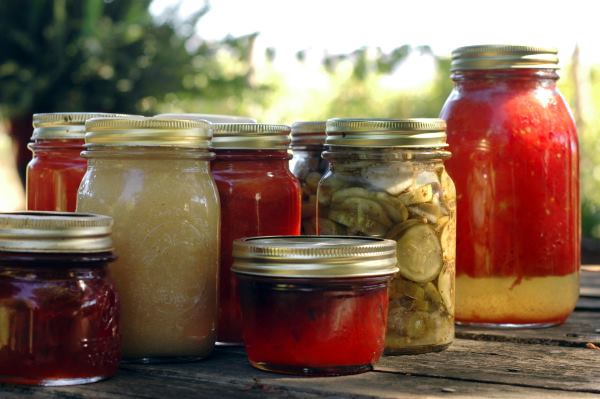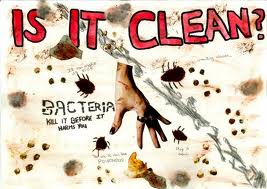Natural Preservatives
Despite the negative image preservatives have gained over the last decades due to the media concerns over their effects on health, not everything that falls into this category is bad. In truth, preservatives are important for keeping food safe to eat, and not all of them are synthetic.


